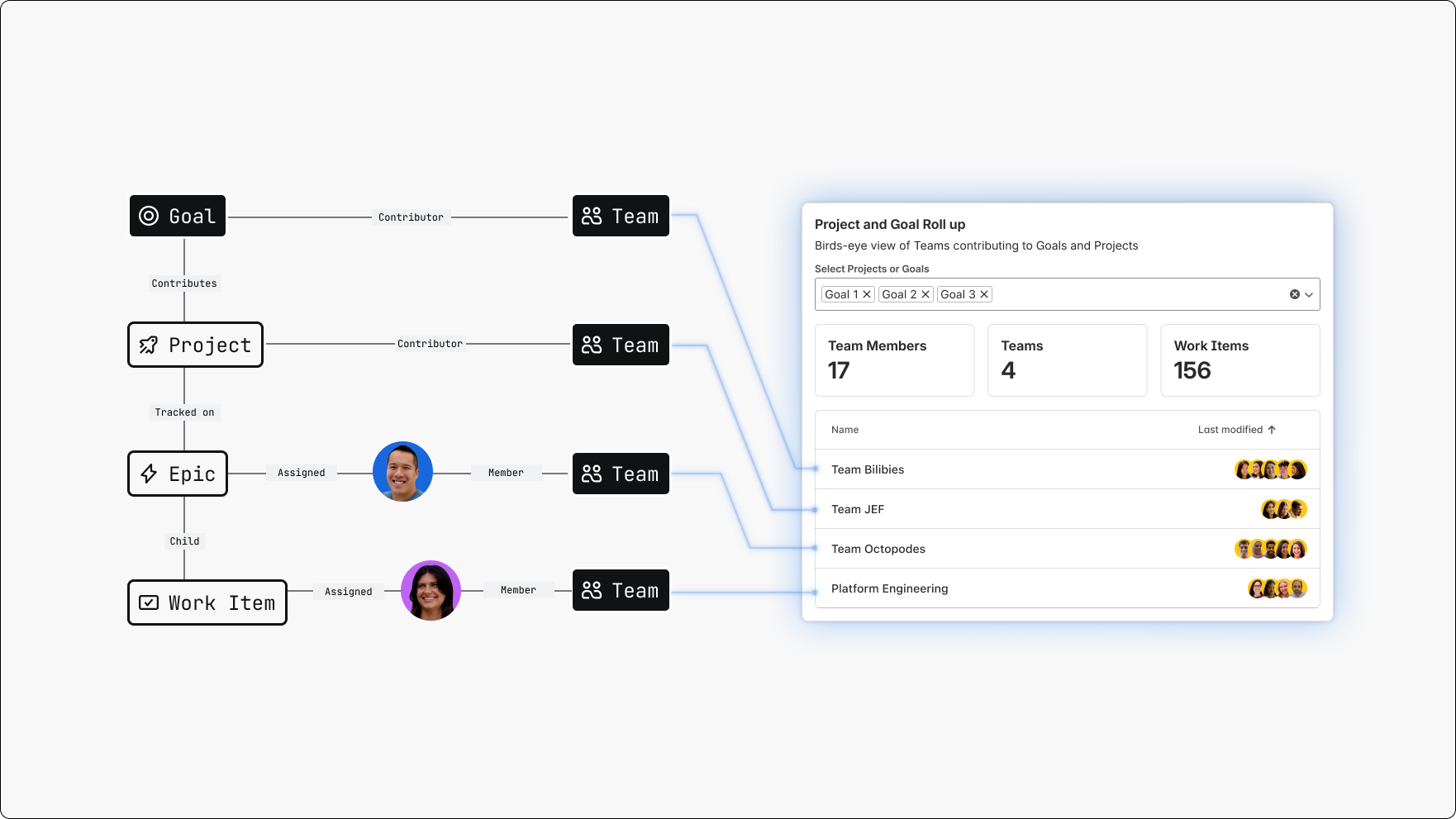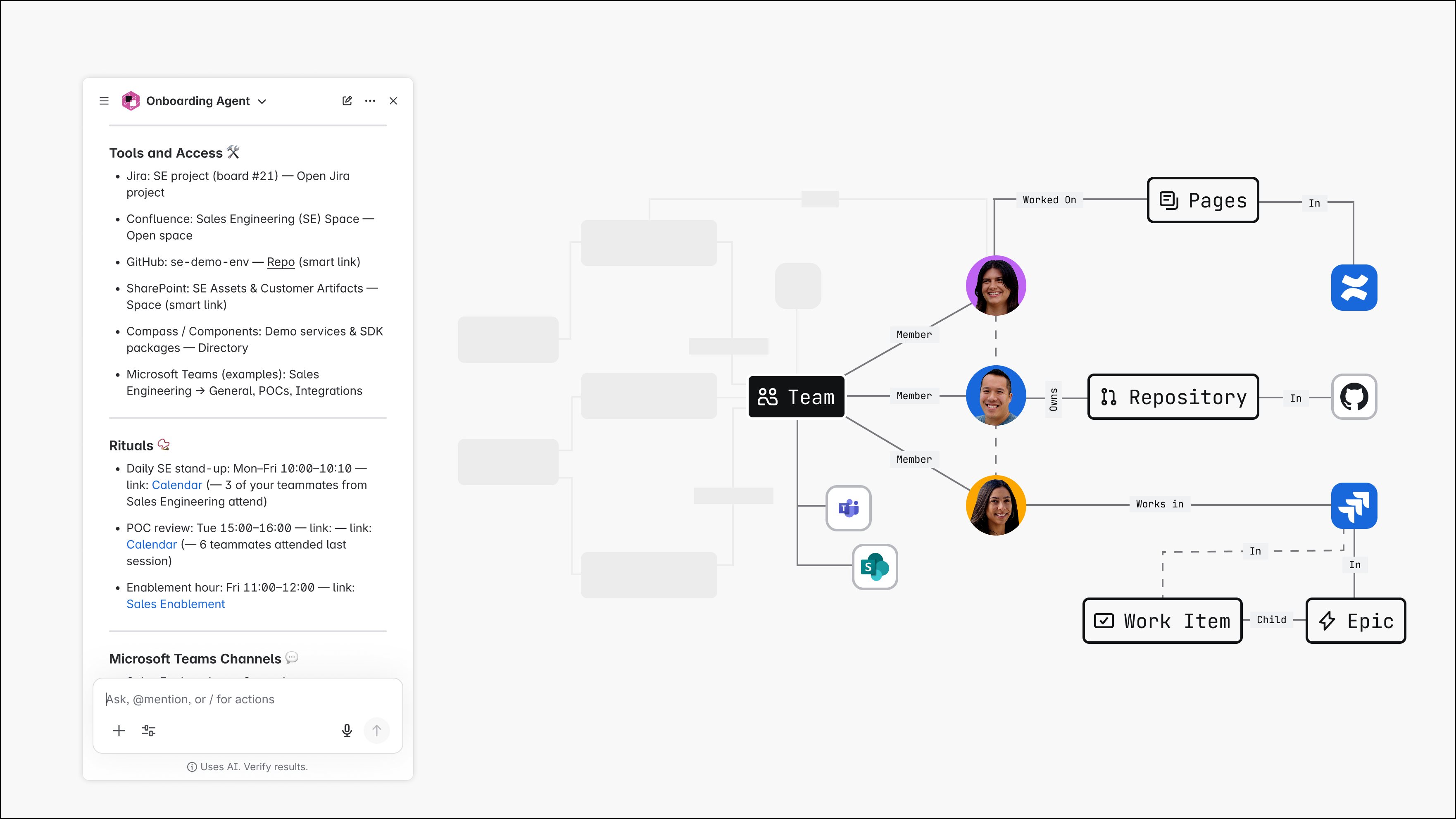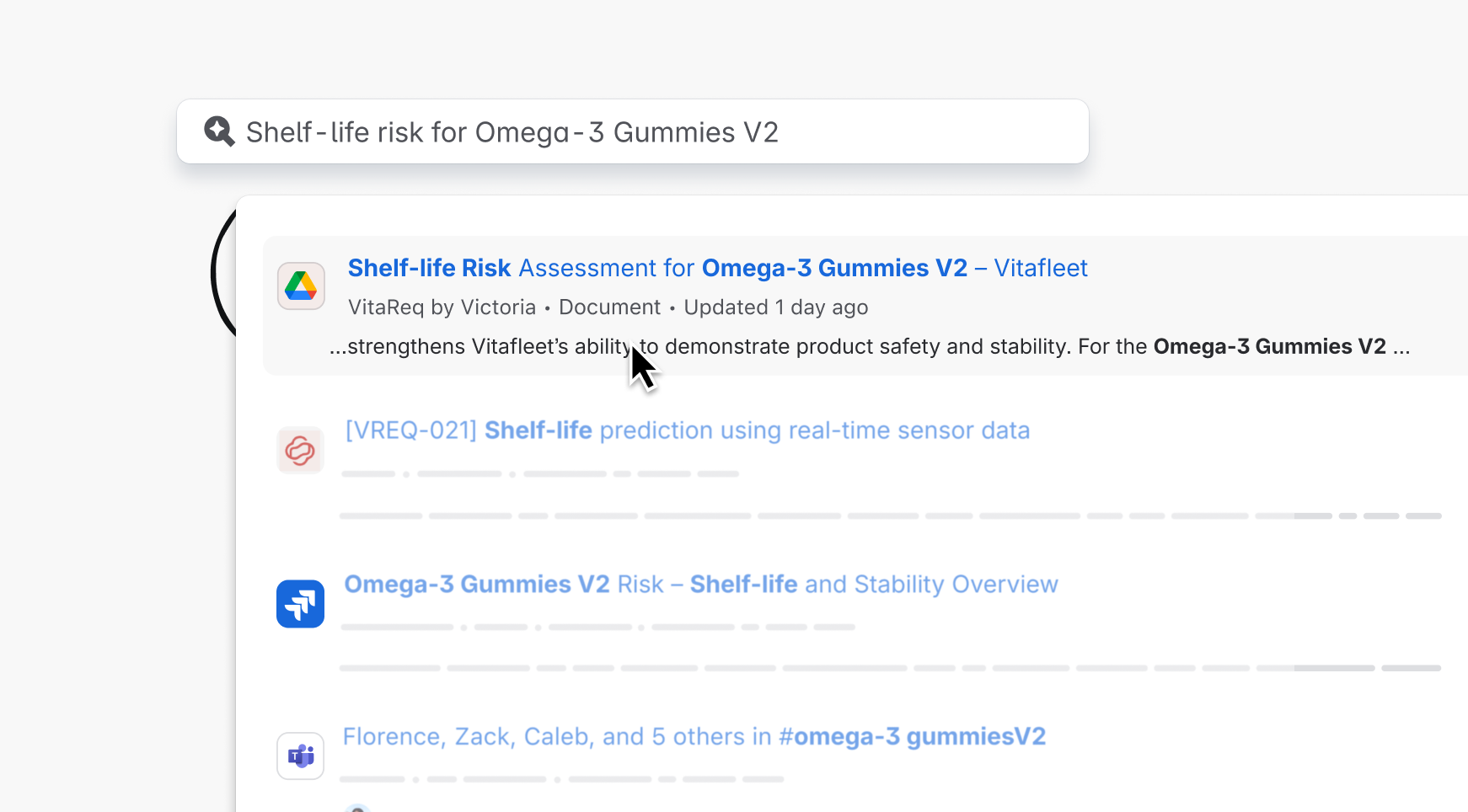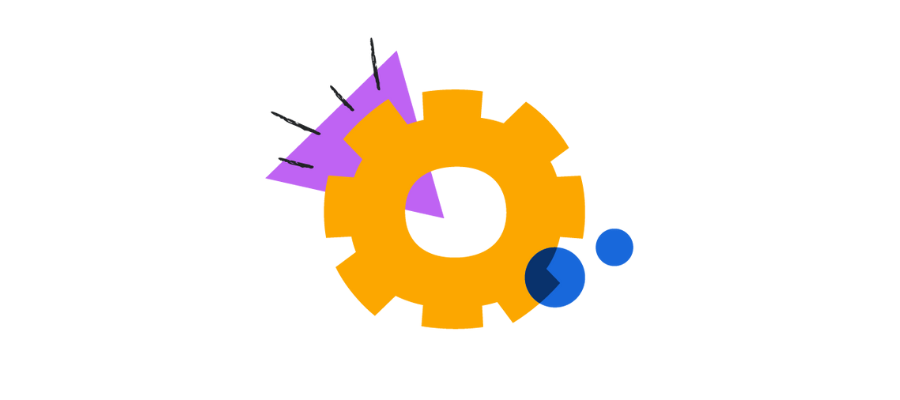Connecting to Teamwork Graph
Teamwork Graph is Atlassian’s unified data layer that connects teamwork data from across Atlassian apps, like Jira and Confluence, as well as external tools. It enables organizations to centralize their data, break down silos, and streamline workflows.
For developers, Teamwork Graph offers opportunities to contribute to and leverage this unified data model, enabling richer integrations and smarter, more contextual experiences for users.
How Teamwork Graph works
What's possible
There are two main ways to integrate with Teamwork Graph: accessing data via the Teamwork Graph API, or adding data to Teamwork Graph using connectors. Currently, an app can either call the Teamwork Graph API or provide a custom connector, but it can’t do both at the same time.
Use cases
Connecting to Teamwork Graph provides you with a unique opportunity to build smarter, more integrated applications within the Atlassian ecosystem. Some examples of use cases include:
Adding data to Teamwork Graph
- Unify data across tools: Build connectors that ingest data from third-party SaaS tools (like Google Drive, Slack, Salesforce, Workday, GitHub, etc.) or internal systems into Teamwork Graph.
- Enhance existing apps: Add a Teamwork Graph connector to your existing app so that its data becomes discoverable and actionable across Atlassian experiences, such as Chat and Search.
- Power analytics, reporting, and AI: Add data into Teamwork Graph to enable advanced analytics, reporting, and AI-driven insights.
Accessing data in Teamwork Graph
- Power your app with unified data: Fuel your app’s features with comprehensive data from across Atlassian and connected third-party tools, enabling richer, more integrated user experiences.
- Enable smarter features: Leverage relationship and activity data to deliver smart recommendations, personalized dashboards, or context-aware features.
- Detect patterns and insights: Traverse the graph to uncover dependencies, blockers, or collaboration patterns—powering advanced analytics and workflow automation.
- Simplify integration: Access unified cross-app and cross-tool data through a single GraphQL endpoint, eliminating the need to stitch together multiple Atlassian app-specific APIs and accelerating development.
Example apps
Explore working examples to see how to connect to Teamwork Graph.

Forge Teamwork Graph Dashboards Widget
Atlassian Home Dashboards widget that track work contributions and project/goal rollups across multiple tools using Teamwork Graph.

Teamwork Graph-powered Onboarding Assistant
A Rovo agent that queries Teamwork Graph to gather team resources and onboard new starters.

Connect Google Drive to Teamwork Graph
A Teamwork Graph connector to add Google Drive data to Atlassian's Teamwork Graph.
Rate this page:
